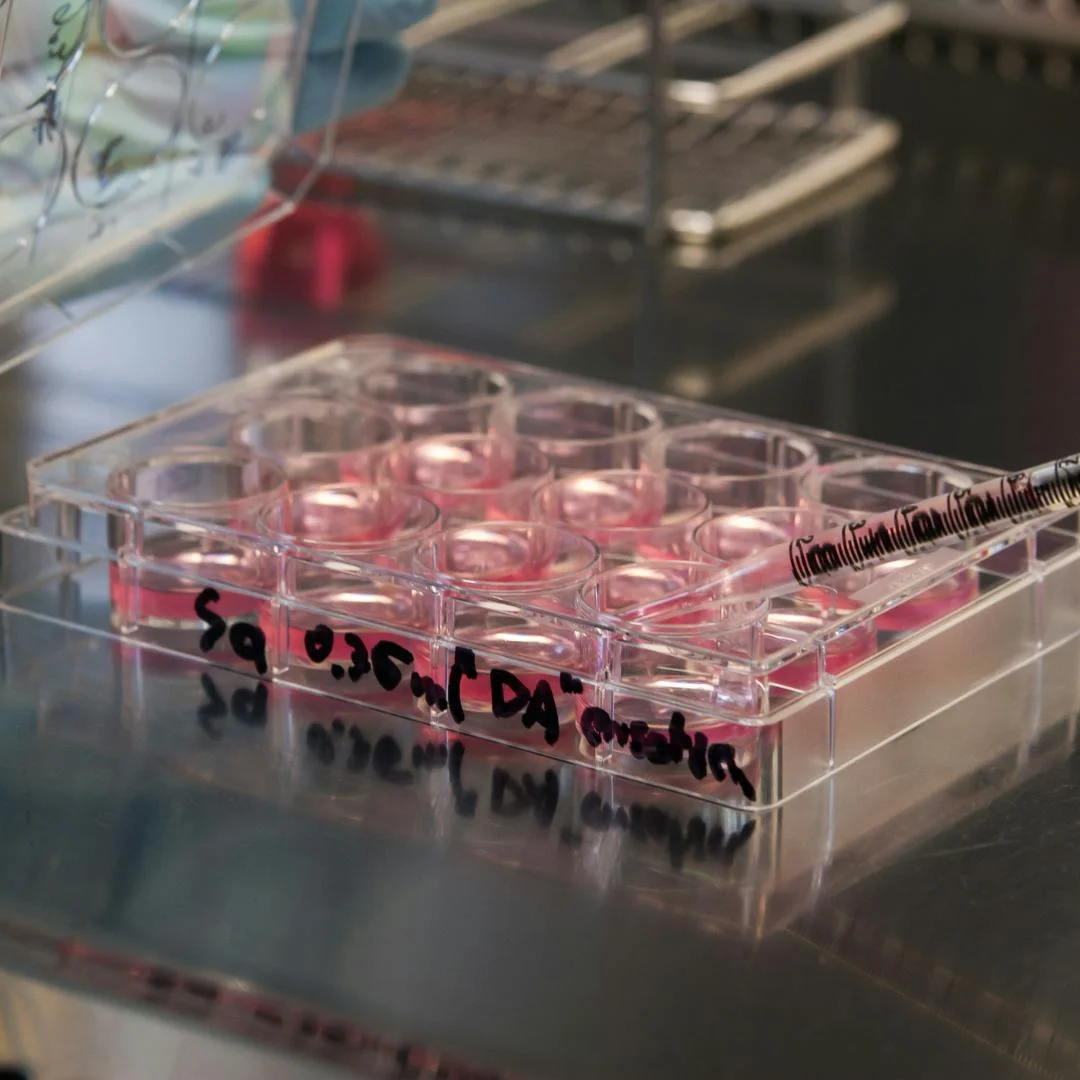
The world of medicine is constantly evolving, with new treatments and therapies emerging every day. One such revolutionary field that has garnered significant attention in recent years is regenerative medicine. But what is regenerative medicine? Simply put, it's a branch of medical science that focuses on replacing or regenerating human cells, tissues, or organs to restore or establish normal function. This post will delve into the fascinating world of regenerative medicine and explain how it works.
Regenerative medicine is a game-changer in the healthcare industry. It offers hope for those suffering from diseases or injuries that were once considered untreatable. The primary goal of this field is to find ways to cure previously untreatable injuries and diseases.
Regenerative medicine encompasses several scientific disciplines, including biology, chemistry, and computer science. The main areas of focus are tissue engineering, cellular therapies, artificial organs and medical devices, and clinical translation.
The fundamental principle behind regenerative medicine involves using the body's natural healing capabilities to restore damaged tissues or organs. This process can be achieved through various methods:
1) Tissue Engineering: This approach involves creating functional tissues in a laboratory setting which can then be implanted into patients. Scientists use scaffolds - structures capable of supporting three-dimensional tissue formation - along with living cells to create a functional tissue or organ.
2) Cellular Therapies: In this method, cells are injected into a patient's body to treat disease or injury directly. These cells may be the patient's own (autologous) or from a donor (allogeneic).
3) Artificial Organs and Medical Devices: These are used when tissue engineering or cellular therapies are not viable options. Artificial organs and medical devices replace the function of the damaged organ.
4) Clinical Translation: This involves applying discoveries made in the laboratory to develop trials and studies in humans. The goal is to translate these findings into effective treatments.
Regenerative medicine holds immense potential for treating a variety of diseases and conditions, including heart disease, diabetes, osteoarthritis, spinal cord injuries, and burns. For instance, patients with severe burns could have new skin grown for them in a lab. Similarly, those with heart disease could have a patch of cardiac tissue implanted to replace areas damaged by a heart attack.
Moreover, regenerative medicine could potentially eliminate the need for organ transplants in the future. Instead of waiting for a suitable donor, organs could be grown in a lab using a patient's own cells.
Despite its immense potential, regenerative medicine faces several challenges. These include ethical issues related to cell research, regulatory hurdles for clinical translation, and high costs associated with developing these therapies.
However, advancements are being made every day. With ongoing research and development efforts worldwide, we can expect breakthroughs that will overcome these challenges and make regenerative medicine more accessible to all.
So what is regenerative medicine? It's an exciting field that promises to revolutionize healthcare by offering new ways to treat diseases that were once considered untreatable. By harnessing the body's natural healing capabilities and combining them with cutting-edge science and technology, regenerative medicine has the potential to change lives dramatically.
While there are still many hurdles to overcome before these therapies become commonplace, there is no denying that regenerative medicine represents one of the most exciting frontiers in healthcare today. As we continue to explore this fascinating field further, we can look forward to a future where no disease is beyond cure.
To find out if regenerative medicine might be right for you, call Infinite Healing Center at (480) 985-7070 today!
